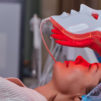
Red Light Has Many Health Benefits – How And When To Use It To Your Advantage?
Red light therapy (RLT) is an emerging treatment that’s showing promise in treating wrinkles, redness, acne, scars and other signs of aging. If you’re interested in red light therapy, ask your healthcare provider if this is an option for your skin issue.
Red light therapy is being promoted as a treatment for some common skin conditions. It’s still an emerging therapy but holds a lot of promise. If you’re interested in RLT treatment, it’s best to first discuss this with your healthcare provider or dermatologist. Your skin professional will examine your skin first and then confirm a diagnosis. Then, you’ll work together to discuss treatment options that’ll achieve your desired result.
What is red light therapy?
Red light therapy (RLT) is a treatment that uses low wavelength red light to reportedly improve your skin’s appearance, such as reducing wrinkles, scars, redness and acne. It’s also touted to treat other medical conditions.
To date, there’s a lot of ongoing research, publication of small studies and a much discussion on the internet about the effectiveness of red light therapy for all types of health uses.
Other names you might hear to describe red light therapy include:
- Low-level laser light therapy.
- Low-power laser therapy.
- Non-thermal LED light.
- Soft laser therapy.
- Cold laser therapy.
- Biostimulation, photonic stimulation.
- Photobiomodulation and phototherapy.
How did interest in red light therapy evolve?
NASA originally began experimenting with red light therapy on plant growth in space and then to help heal wounds in astronauts. Like many developments, other potential uses began to be investigated.
In fact, red light therapy is already widely medically accepted in its use in photodynamic therapy. In this therapy, low-power red laser light is used to activate a photosensitizer drug. The interaction creates a chemical reaction that destroys cells. It’s used to treat some skin conditions, including skin cancer and psoriasis, acne and warts and other types of cancer.
Now, RLT is being in use for treating a wide array of health conditions.
How does red light therapy supposedly work?
Red light therapy is thought to work by acting on the “power plant” in your body’s cells called mitochondria. With more energy, other cells can do their work more efficiently, such as repairing skin, boosting new cell growth and enhancing skin rejuvenation. More specifically, certain cells absorb light wavelengths and are stimulated to work.
Red light therapy may work in skin health to:
- Stimulate collagen production, which gives skin its structure, strength and elasticity.
- Increase fibroblast production, which makes collagen. Collagen is a component of connective tissue that builds skin.
- Increase blood circulation to the tissue.
- Reduce inflammation in cells.
For what skin conditions is red light therapy being tried?
Red light therapy is promoted as a treatment for some common skin conditions, including to:
- Improve wound healing.
- Reduce stretch marks
- Reduce wrinkles, fine lines and age spots.
- Improve facial texture.
- Improve psoriasis, rosacea and eczema.
- Improve scars.
- Improve sun-damaged skin.
- Improve hair growth in
- people with androgenic alopecia.
- Improve acne.
What other medical conditions is red light therapy being promoted for?
Other potential medical uses being investigated include:
- To reduce cancer chemotherapy side effects, including oral mucositis.
- To relieve pain and inflammation associated with ankle tendonitis, rheumatoid arthritis, carpal tunnel syndrome and osteoarthritis of the knee.
- To prevent cold sores from herpes simplex virus from recurring.
What else do I need to know about red light therapy?
There are a lot of variables to consider when thinking about red light therapy:
Is RLT covered by my health insurance? Red light therapy is typically not a covered treatment. You may want to call your health insurance company before seeking treatment.
How many treatments will I need? You’ll likely need ongoing treatments. This is not a one-time treatment for most skin conditions. You’ll need to be seen one to three times a week for weeks or even months. Also, is there a need for additional touch-up treatments? This may add up to a lot of time and considerable out-of-pocket costs.
Will I achieve the desired results? Everyone’s skin is different so results can vary. Also, the wavelength of the red light source ranges. The wavelength affects how deeply the light penetrates your skin. The wavelength of the red light device being used in a doctor’s office versus in your at-home device could affect your desired result.
Do you trust the experience of the person providing the red light therapy? For example, is a tanning salon a place you feel comfortable receiving this treatment or might it be better to first be seen and possibly treated by a medical professional?
Is red light therapy an appropriate treatment for my skin condition? Are other, more scientifically vetted approaches a better choice for my skin condition? See your healthcare provider to confirm a diagnosis and discuss appropriate treatment options.





